Origins of the Panama Hat
Cuenca in southern Ecuador has a rich cultural heritage. It is here where the “Panama Hat’ originates from….
Arriving in Cuenca in Southern Ecuador the presence of the indigenous people is striking, like in the Andean regions of Peru and Bolivia. One characteristic to me were the shape and material of their hats, different to those of the Ayamara People of Bolivia. Shops were selling them as Panama Hats. But why were the hats given this name ?
When Francisco Pizarro and his Spanish conquistadors arrived in what is now Ecuador in 1526, inhabitants of the coastal areas were already wearing a curious type of headwear made of woven straw. Indeed, ceramic figures dating back to 4000 B.C. appear to be wearing a similar style of headwear.
The almost brimless hats worn by 16th century Ecuadorians resembled a Spanish hat style of the time called a toque. Consequently, the Spaniards in Ecuador began to refer to the straw from which the hats were woven as toquilla straw, or paja toquilla. This is the name the Ecuadorians use today. The hat is dominant with the indigenious people and mostly women.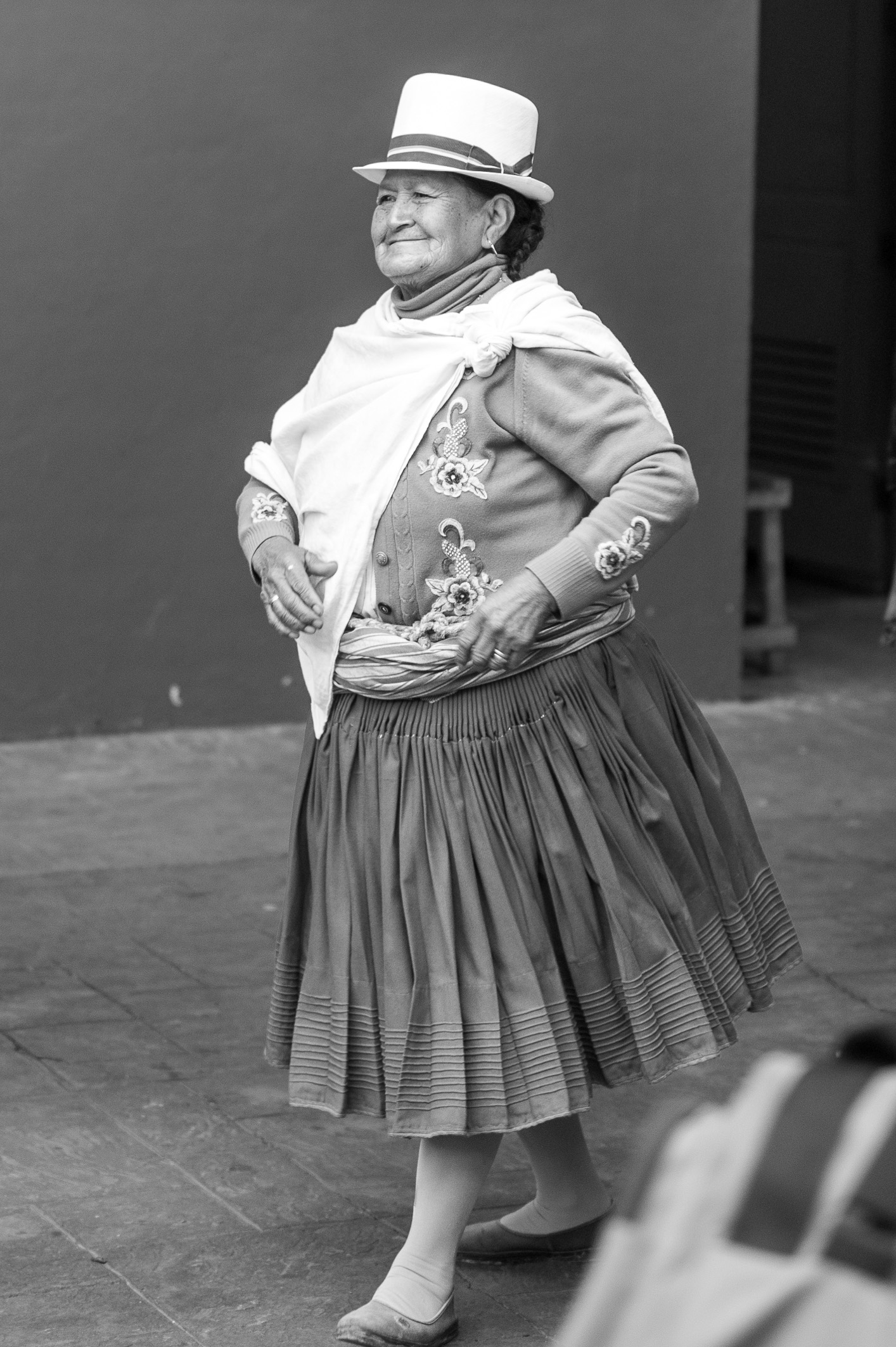
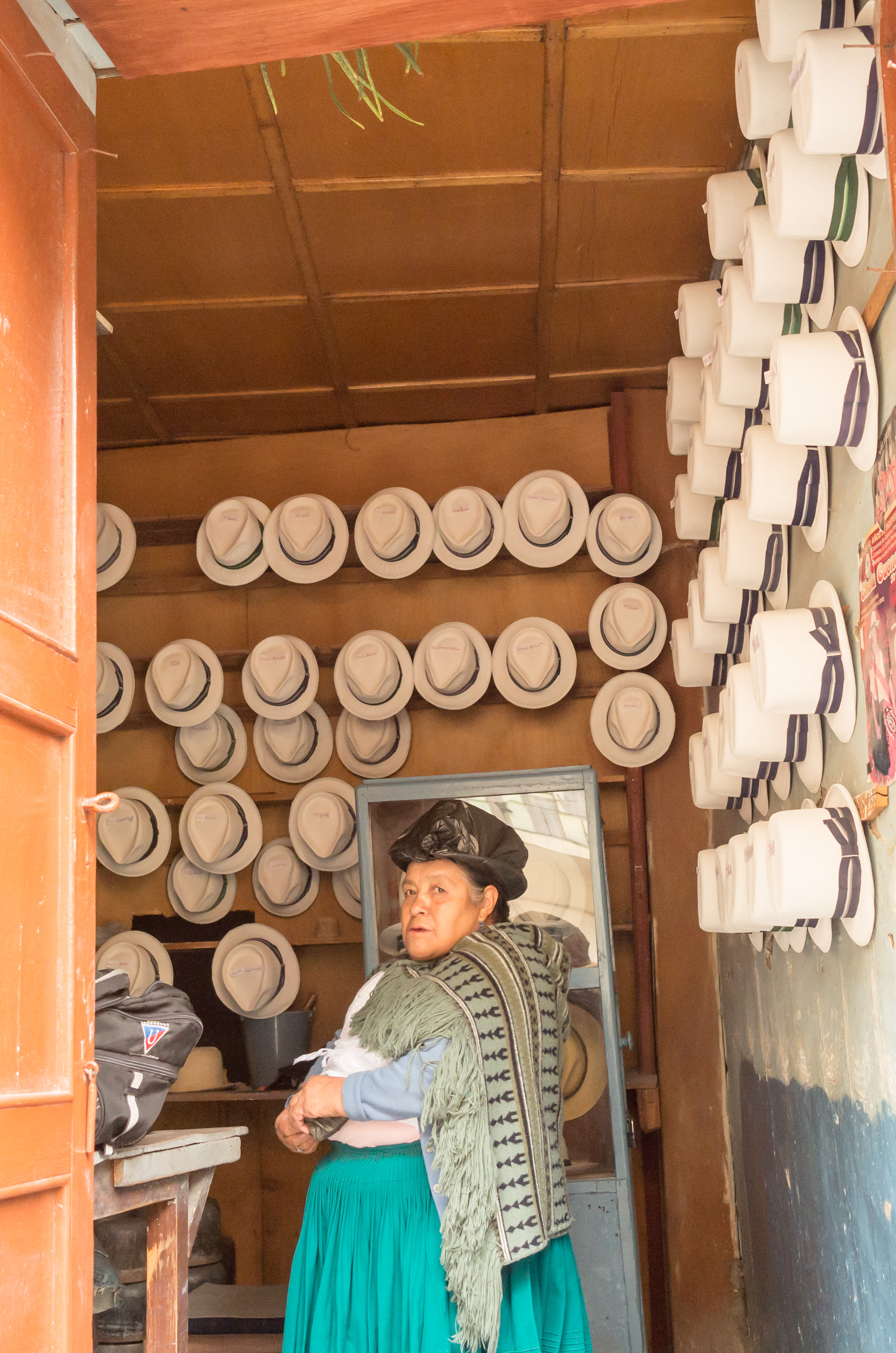 The best place to find them is of course the local market.
The best place to find them is of course the local market.
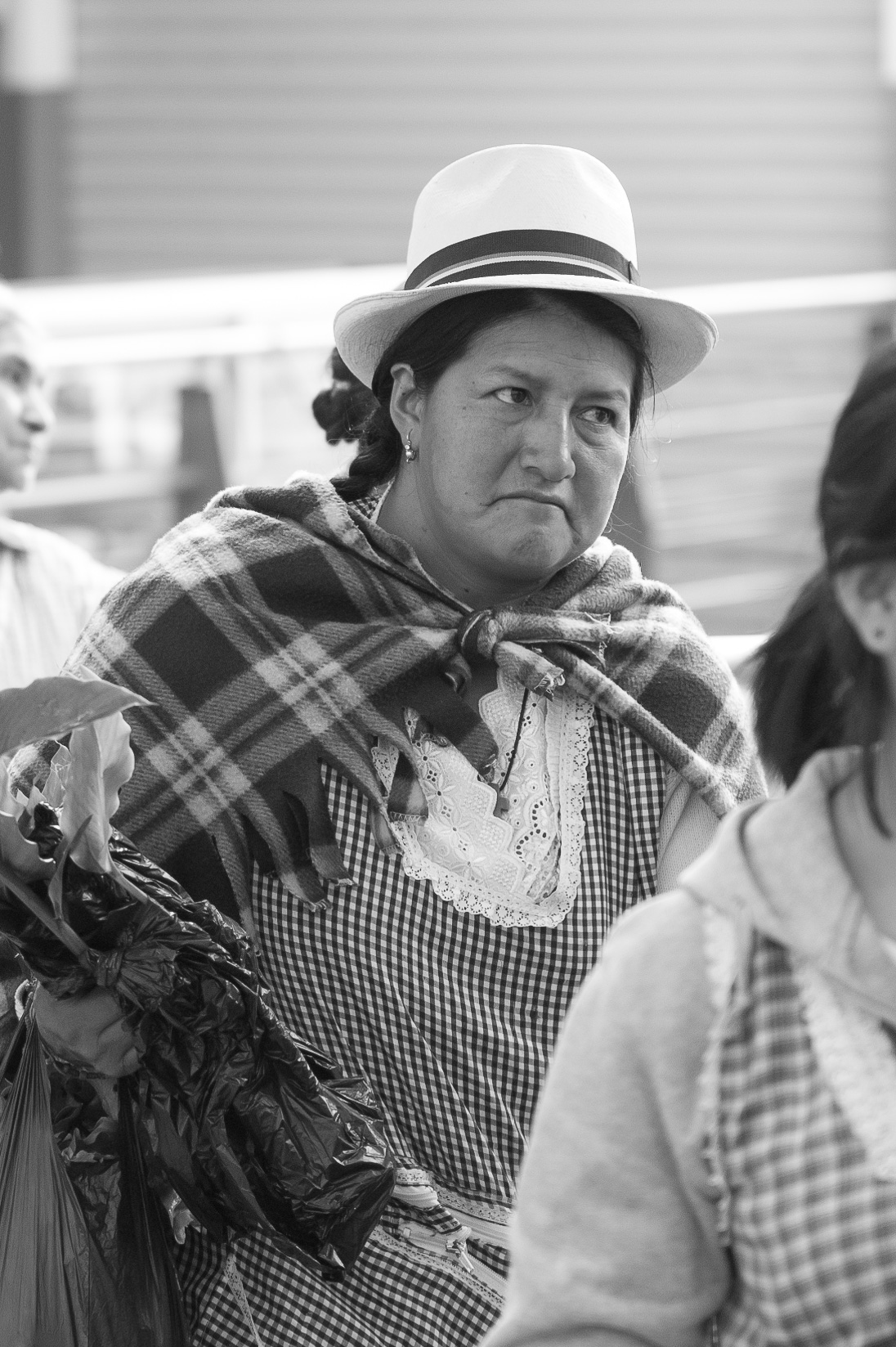
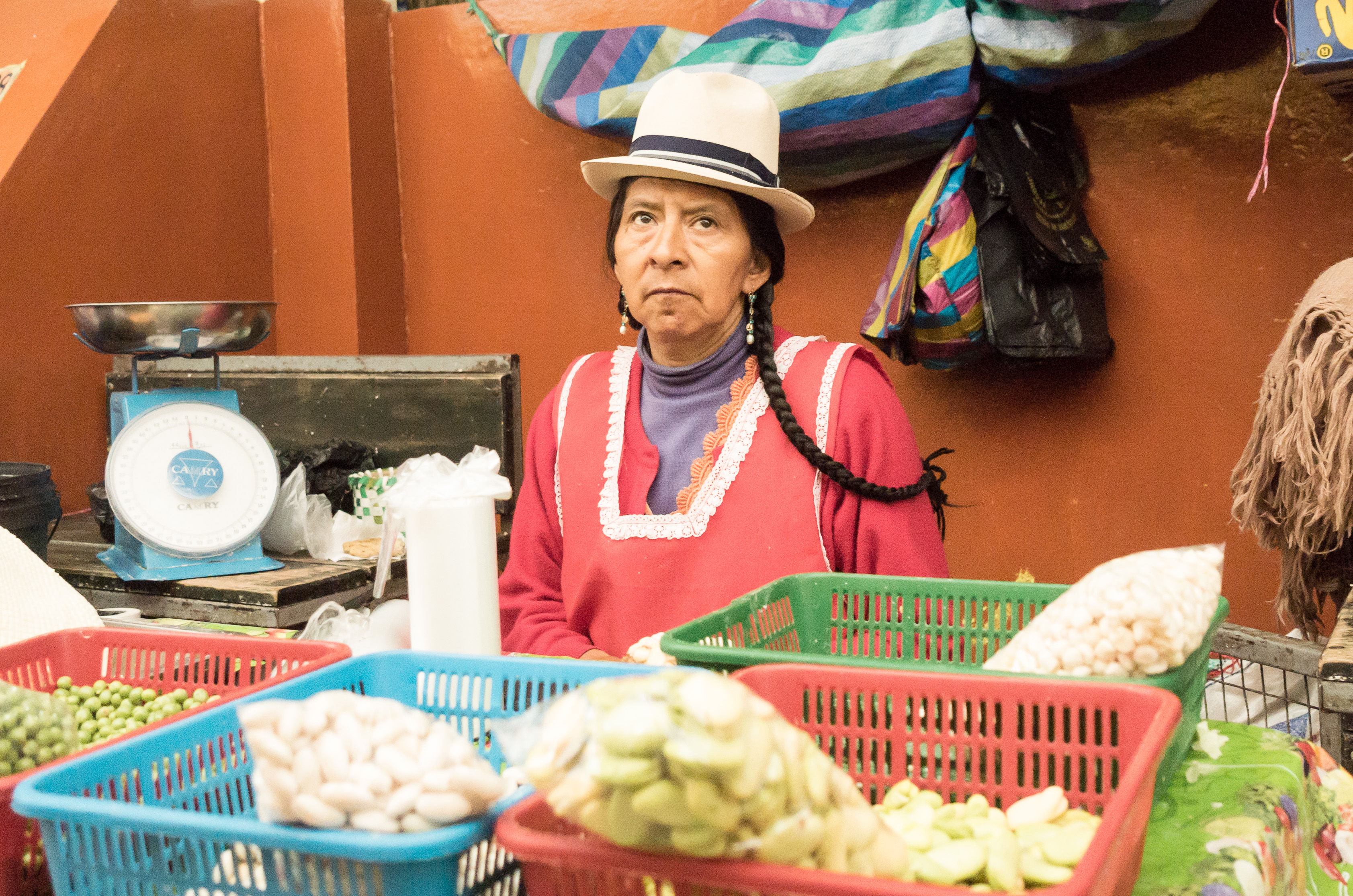
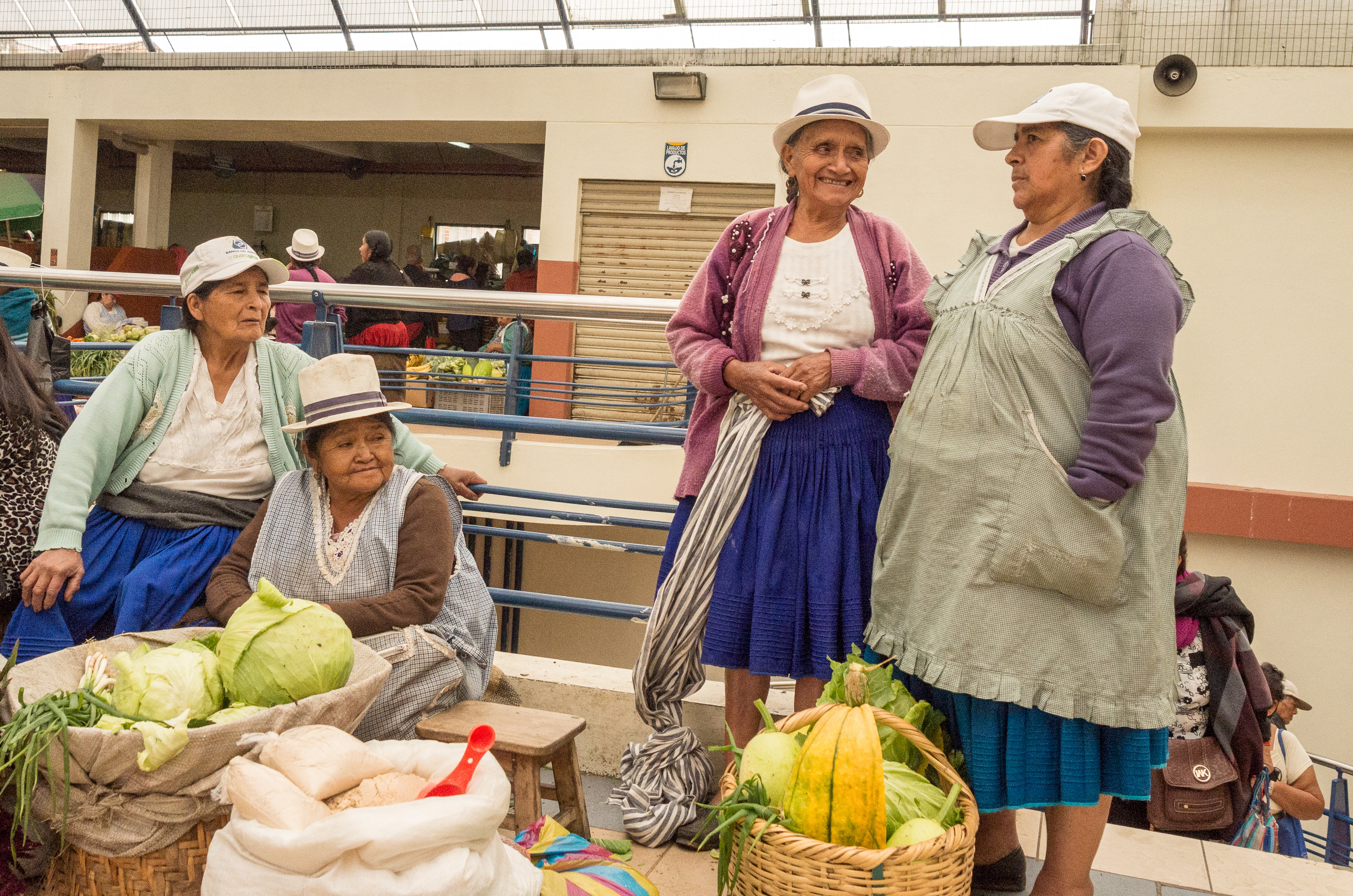
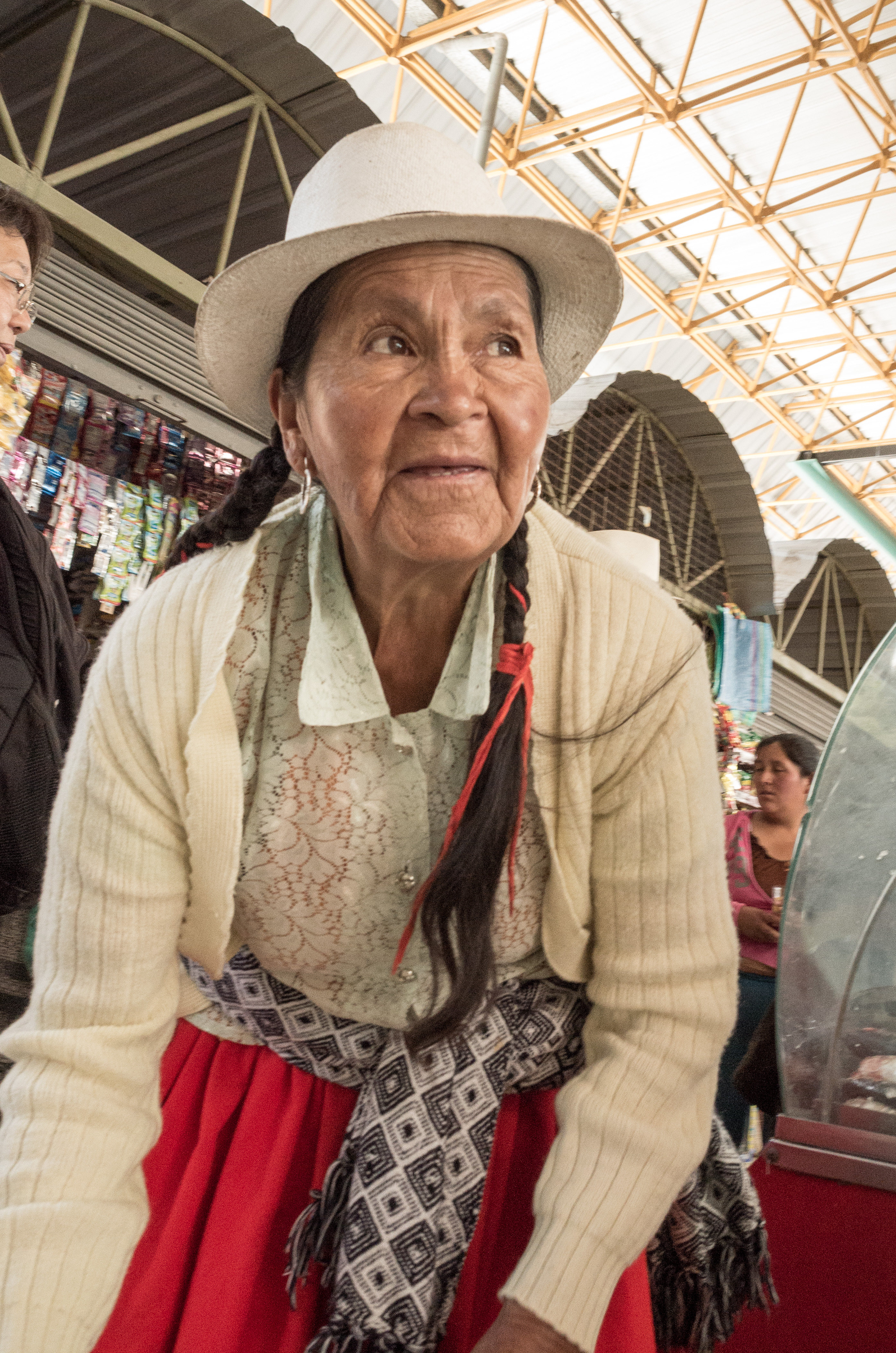
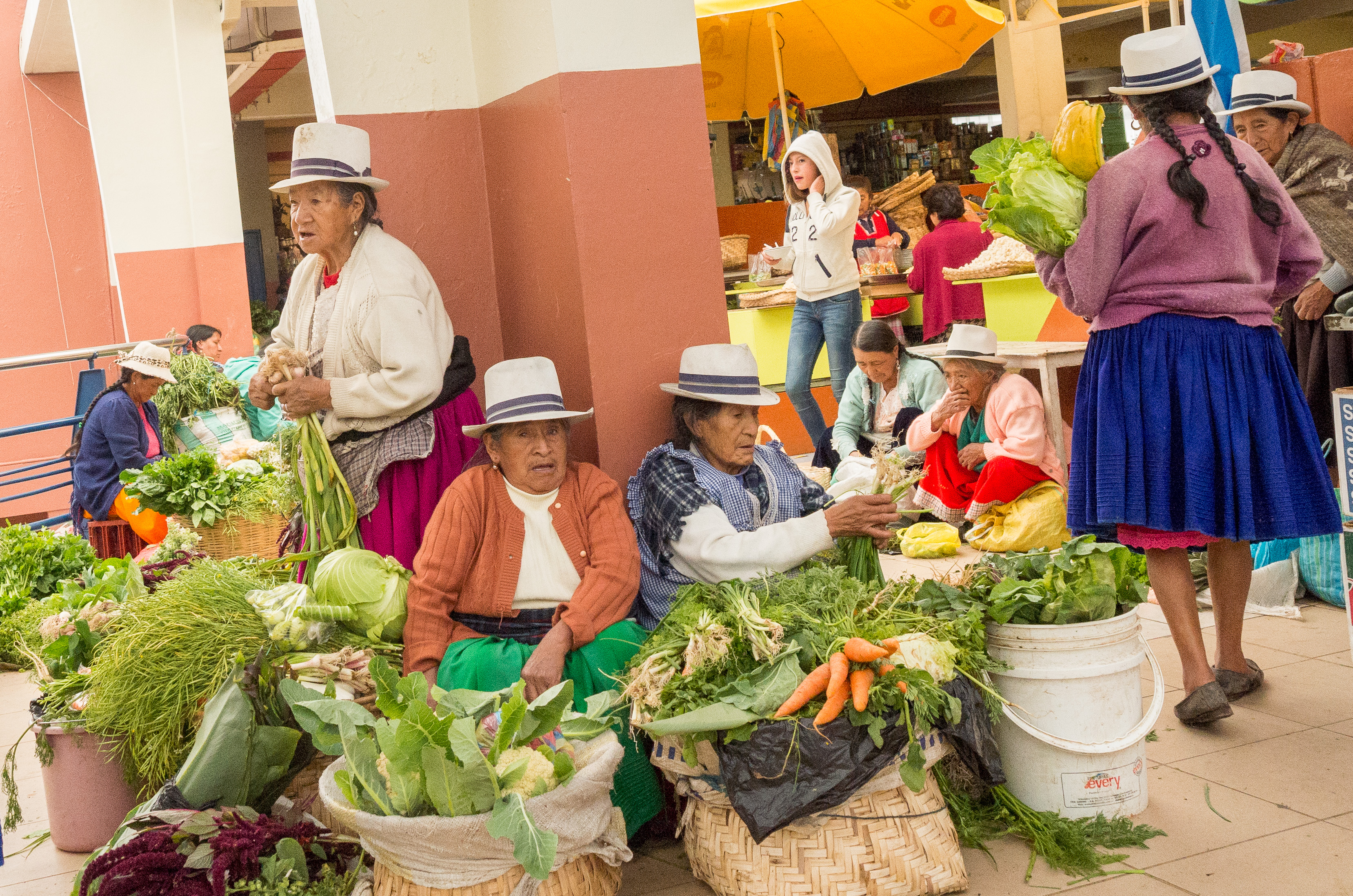
Beginning in the early to mid-1600’s hat weaving evolved as a cottage industry all along the Ecuadorian coast. Hat weaving and wearing grew steadily in Ecuador through the 17th and 18th centuries. Even then, the best quality hats were being made in what is now the province of Manabí (mahn-ah-bee).
The Manabí towns of Montecristi and Jipijapa (hee-pee-ha-pa) gained pre-eminence as the leading centers of the emerging hat industry. Hats woven there gained a reputation for being better quality, finer, than hats woven elsewhere. “Montecristis” and “Jipijapas,” as the hats were sometimes called, were increasingly more sought after than hats with lesser provenance. Today, most of the production is located in Cuenca and the small villages close by. While preserving the basic style of the hat other materials are also used as well as different colours like black for men. 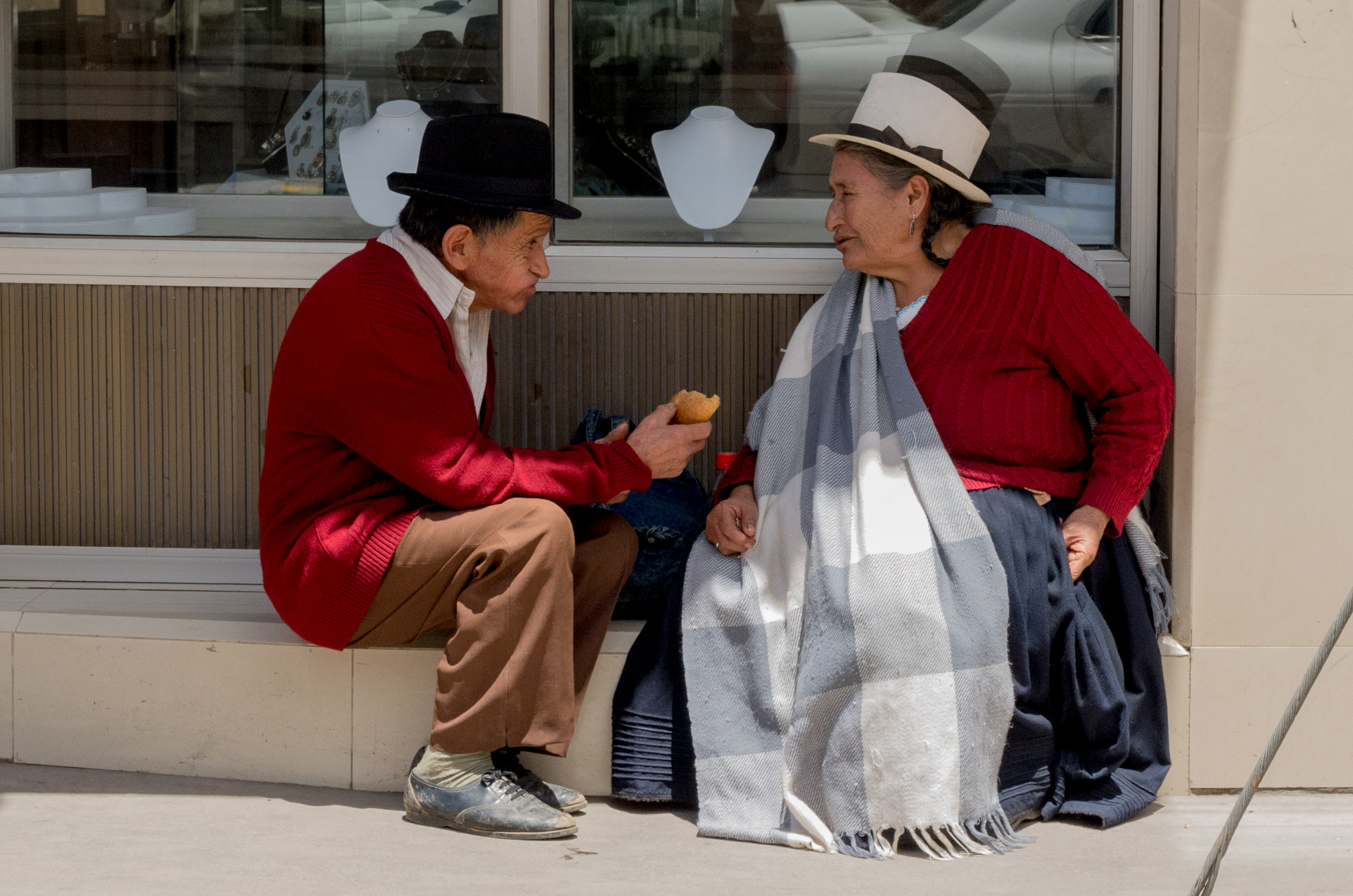
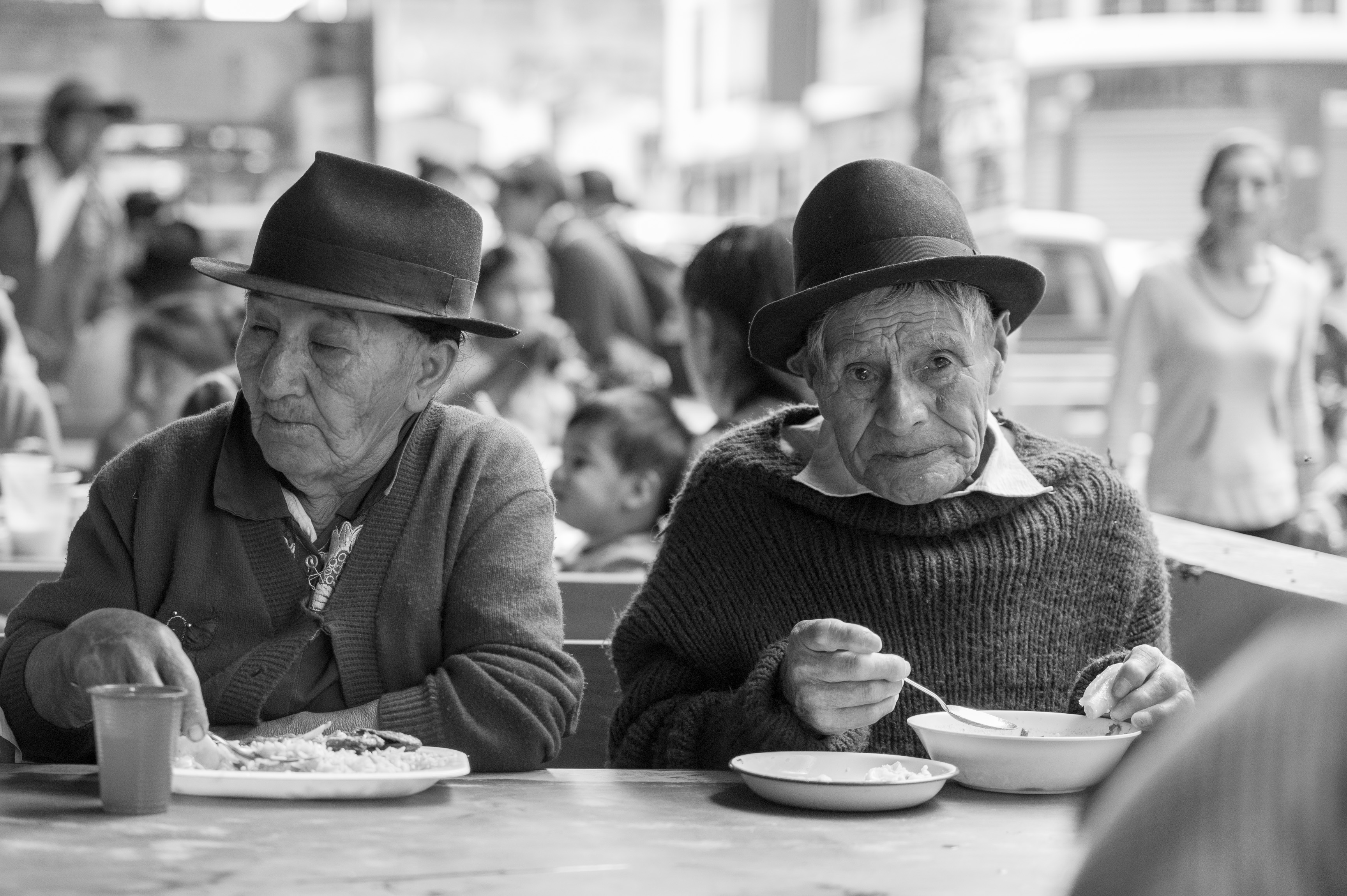
Since 2012 the toquilla straw hat is recognized as a Intangible Cultural Heritage of Humanity by UNESCO. On their website UNESCO describes the production process as follows:
“The toquilla straw hat is woven from fibres from a palm tree characteristic of the Ecuadorian coast. Coastal farmers cultivate the toquillales and harvest the stems before separating the fibre from the green outer skin. This is boiled to remove chlorophyll and dried for subsequent bleaching with sulfur over a wood fire. Weavers take this raw material and begin weaving the crown and the brim of the hat. Weaving a hat can take from one day to eight months, depending on the quality and finesse. The following pictures are from the website of the UNESCO.
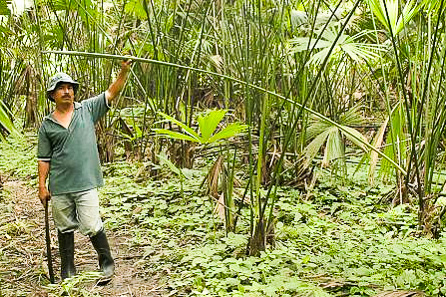
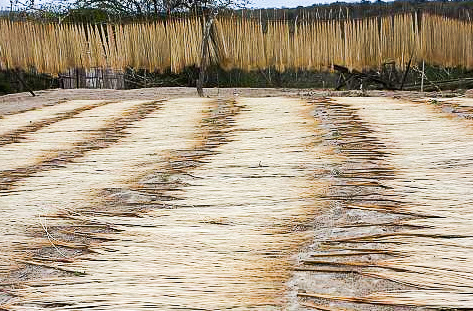
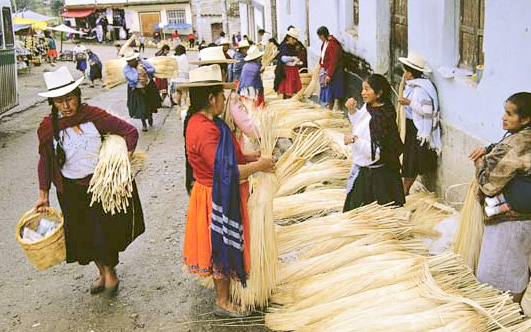
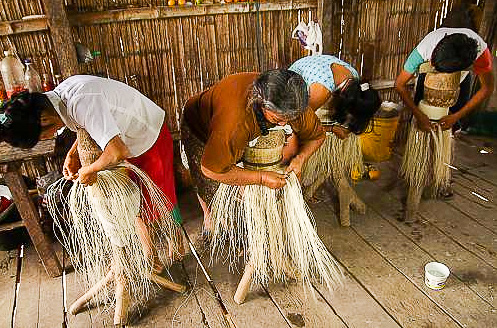
Montecristi and Cuenca (kwayn-ka) are the two primary centers of Panama hat production and export in Ecuador. Montecristi is on the coast. Cuenca is in the Andes Mountains. From 1835 on spanish settlers became active in the hat bussiness, organizing better production and developing g a large network of weavers and other artisans necessary to the making and finishing of the hats, and by creating a smooth-flowing production system. Soon hats were leaving the port cities of Guayaquil and Manta, bound for Panama. Companies established in Panama traded in hats, cacao, and pearls. The California gold rush dramatically increased traffic in Panama as well as demand for hats, also to the United States.
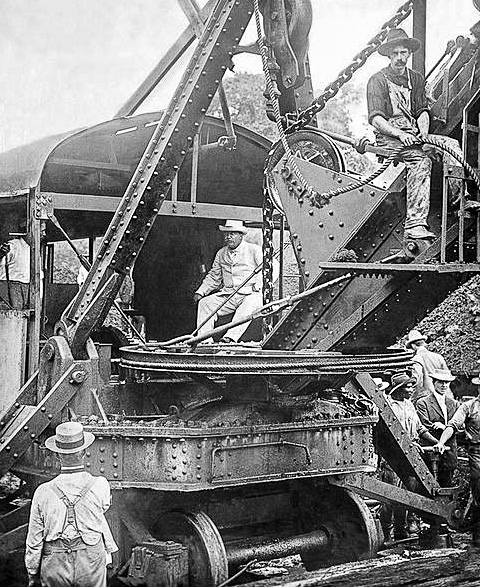
During the construction work of the Panama Canal the toquilla straw hat was widely used in the sunny and humid climate.The picture above shows President Roosevelt visiting the canal in 1909. This widely published photo made the straw hat popular in the United States and Europe. It was simply named “Panama Hat”. Just three examples. Following Truman Klaus Kinski in the movie “Fitzcarraldo” and Humphrey Bogart and Ingrid Bergmann in “Casablanca”.
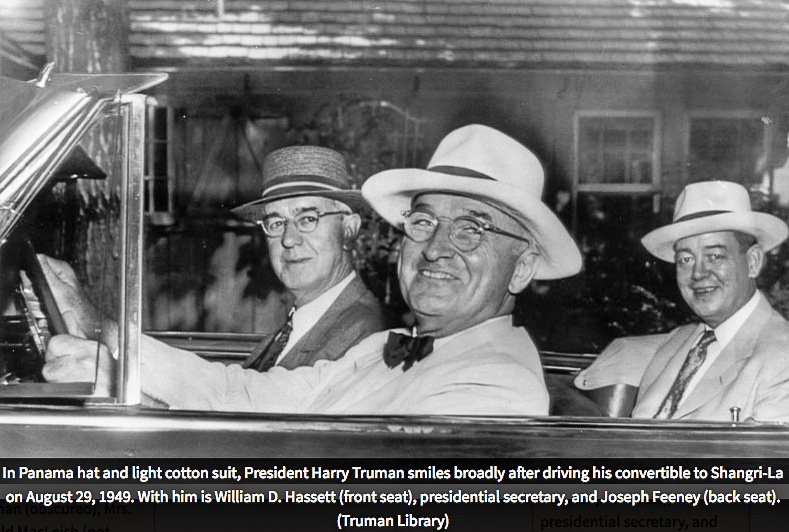
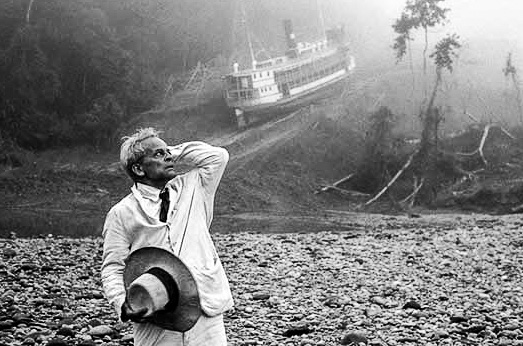
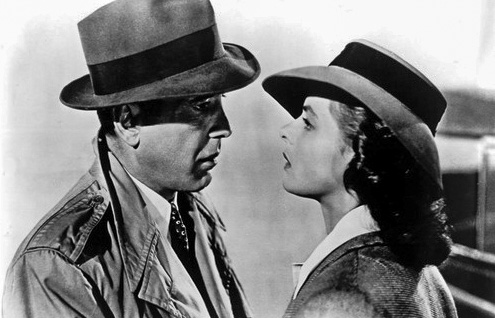
We went to the Museo del Sombrero de Paja Torquilla, which is at the same time one of the few factories still existing. Another popular shop is Homero Ortega, which exports to the US and Europe. The quality can be juged by the concentric rings or “vueltas” of the razor-thin shards of leaf fibre, visible inside the hat. The cheaper hats take a day or two to weave and have up to 10 vueltas. The finer quality can have as many as 40 vueltas and will cost up to 1000 USD.
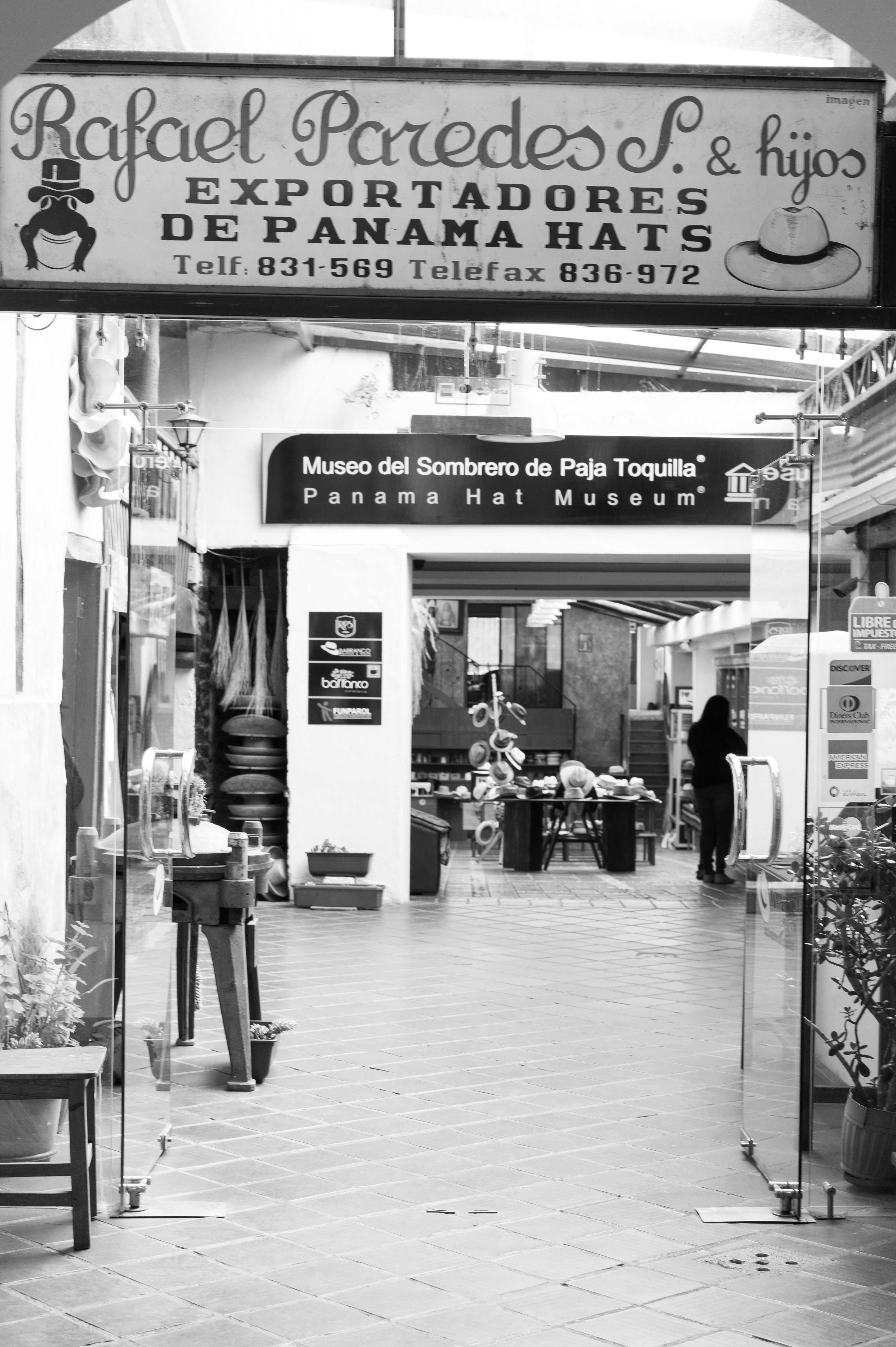
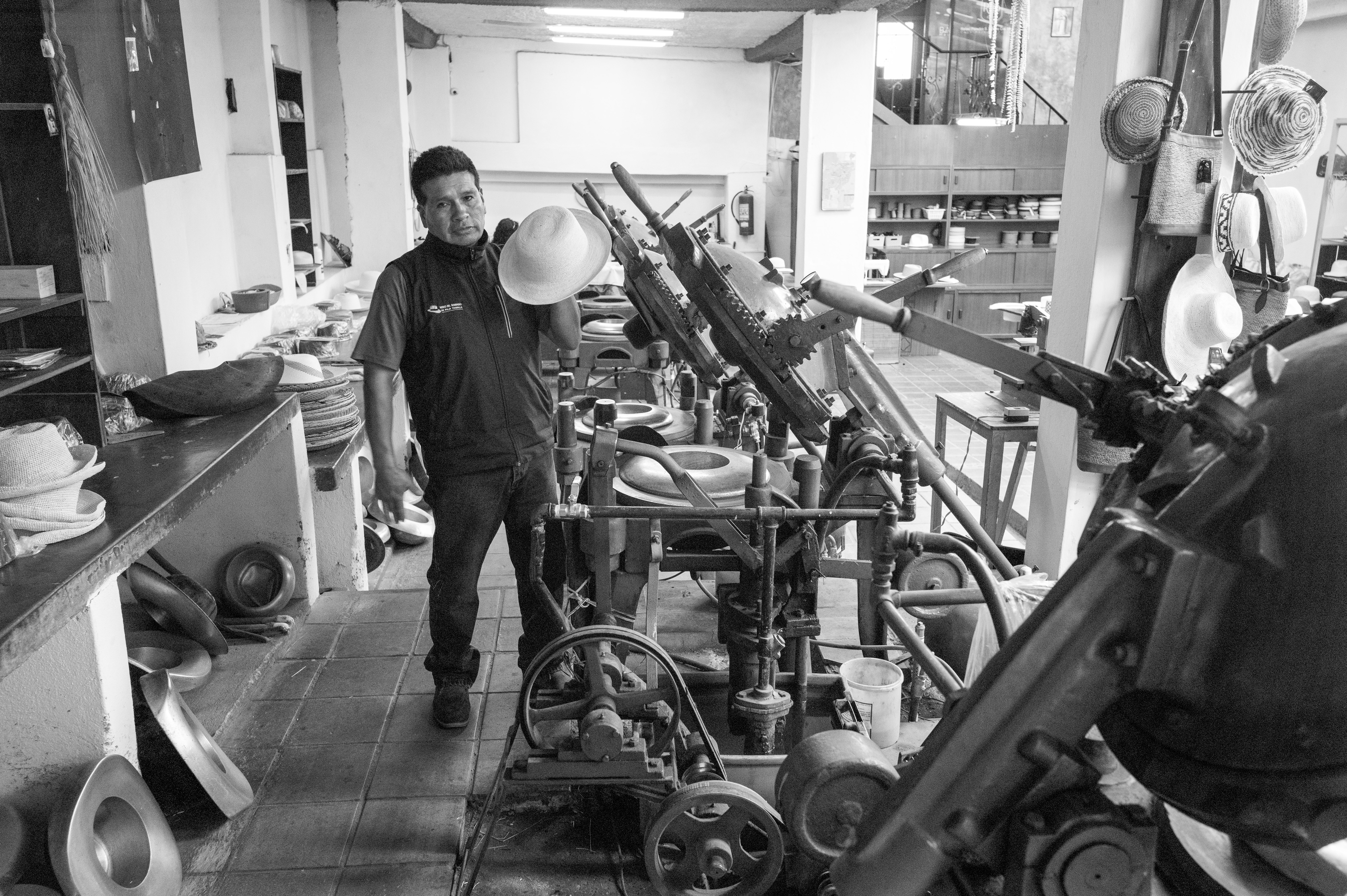
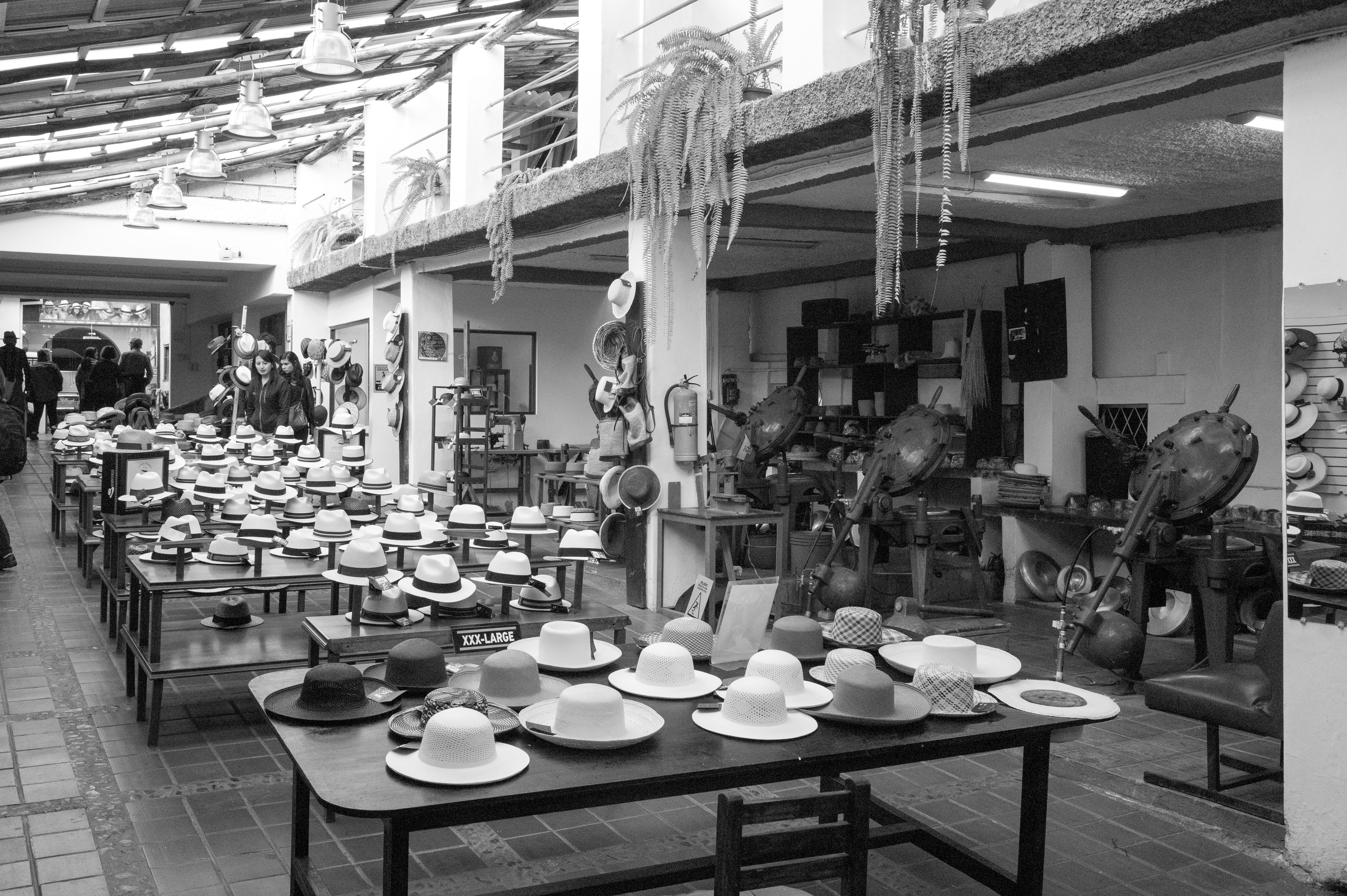
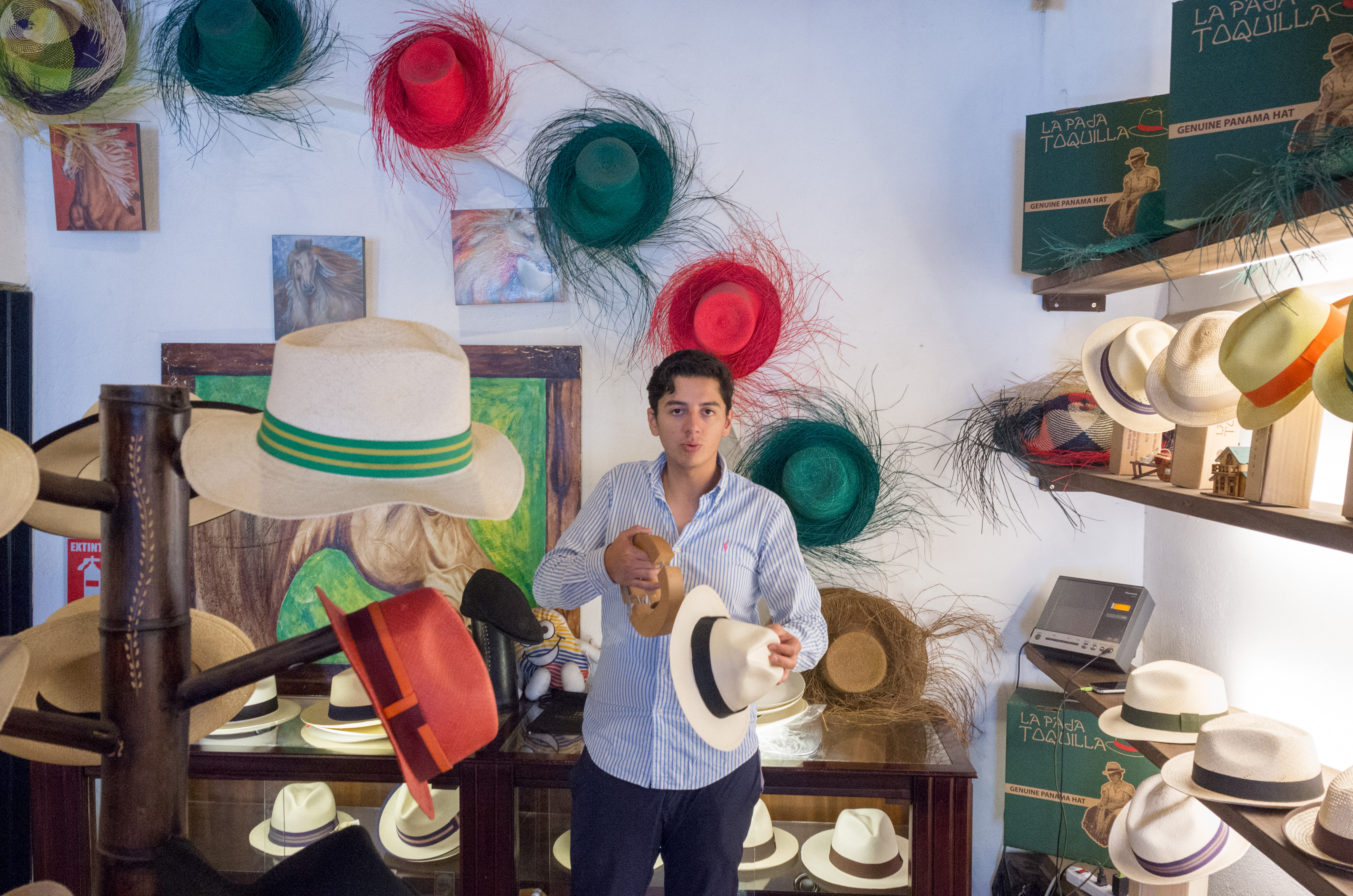
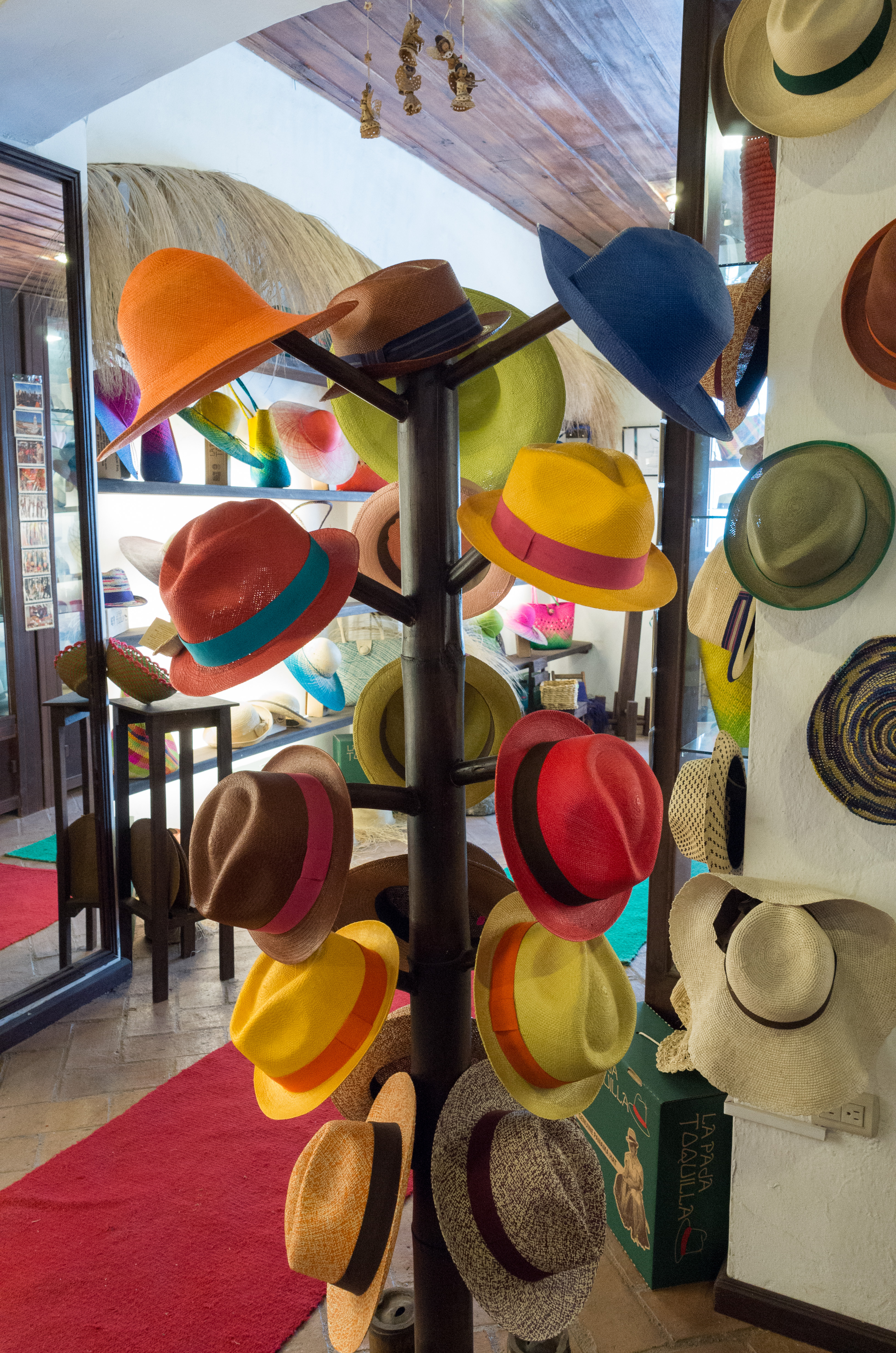 I will leave you with more photos showing the variety of “headwear “. Of course ownership of a straw hat is a privilege to the people who can afford it. The poor do not and the baseball cap is quite often the substitute. Enjoy..
I will leave you with more photos showing the variety of “headwear “. Of course ownership of a straw hat is a privilege to the people who can afford it. The poor do not and the baseball cap is quite often the substitute. Enjoy..
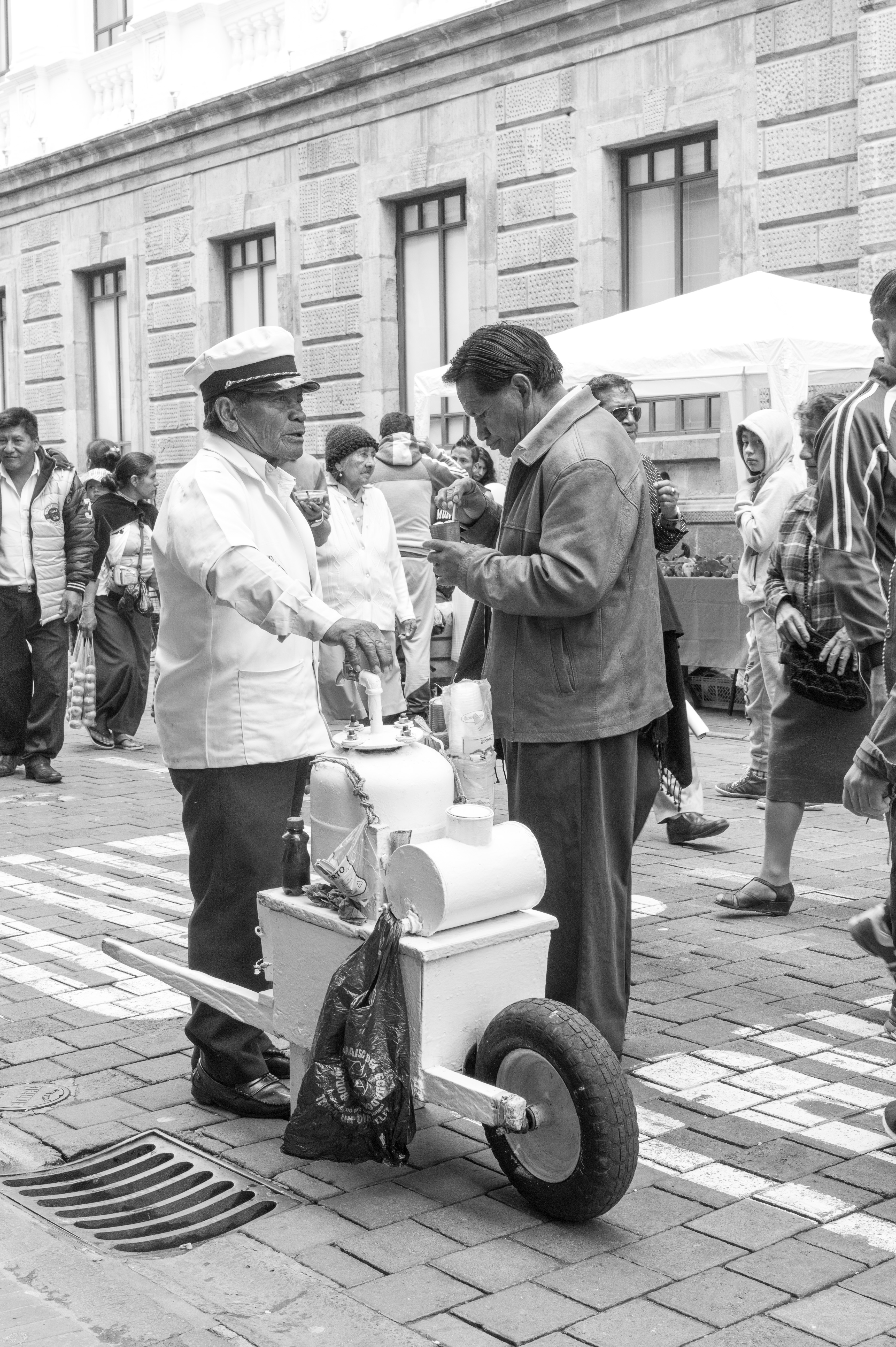
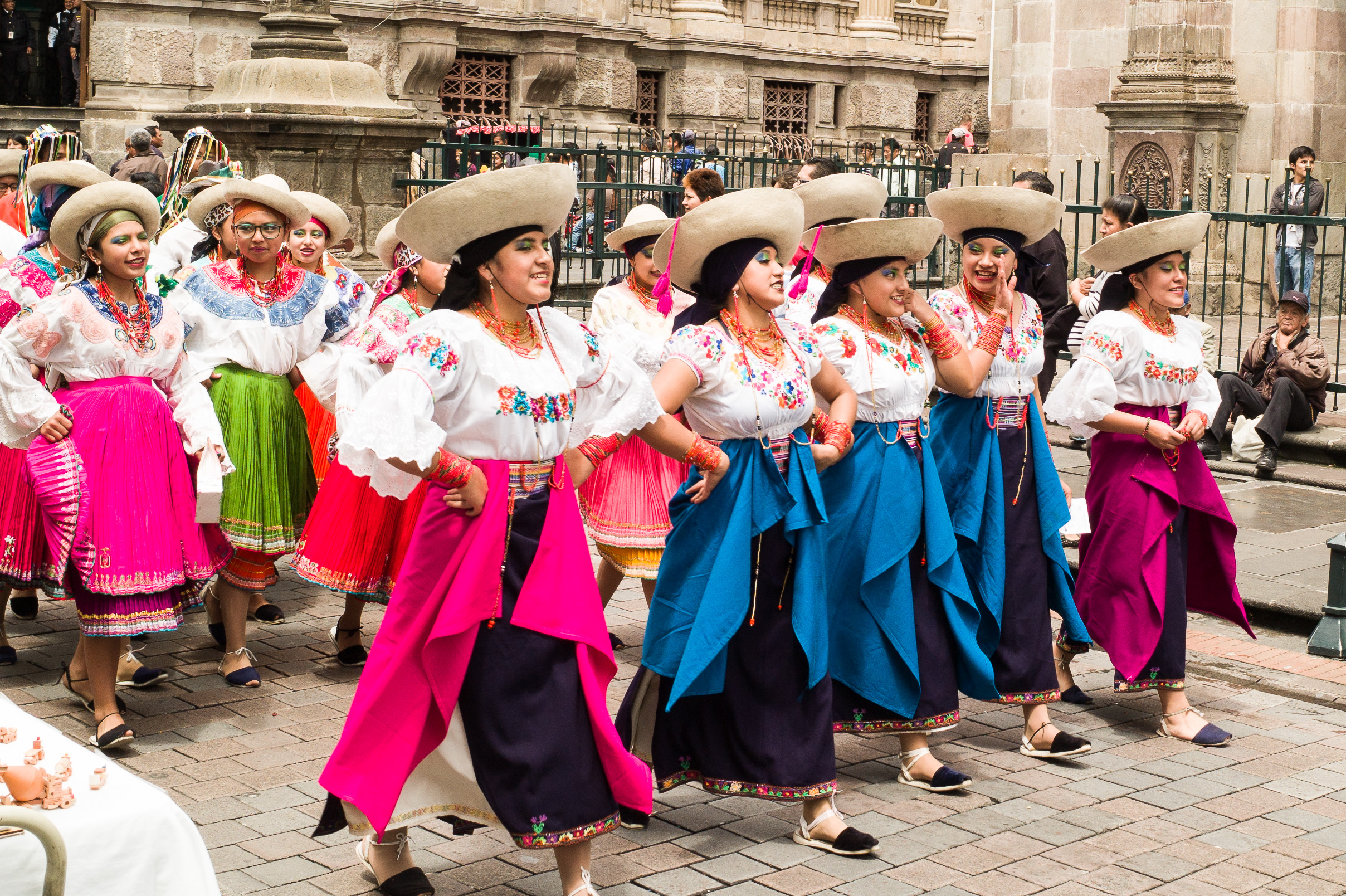
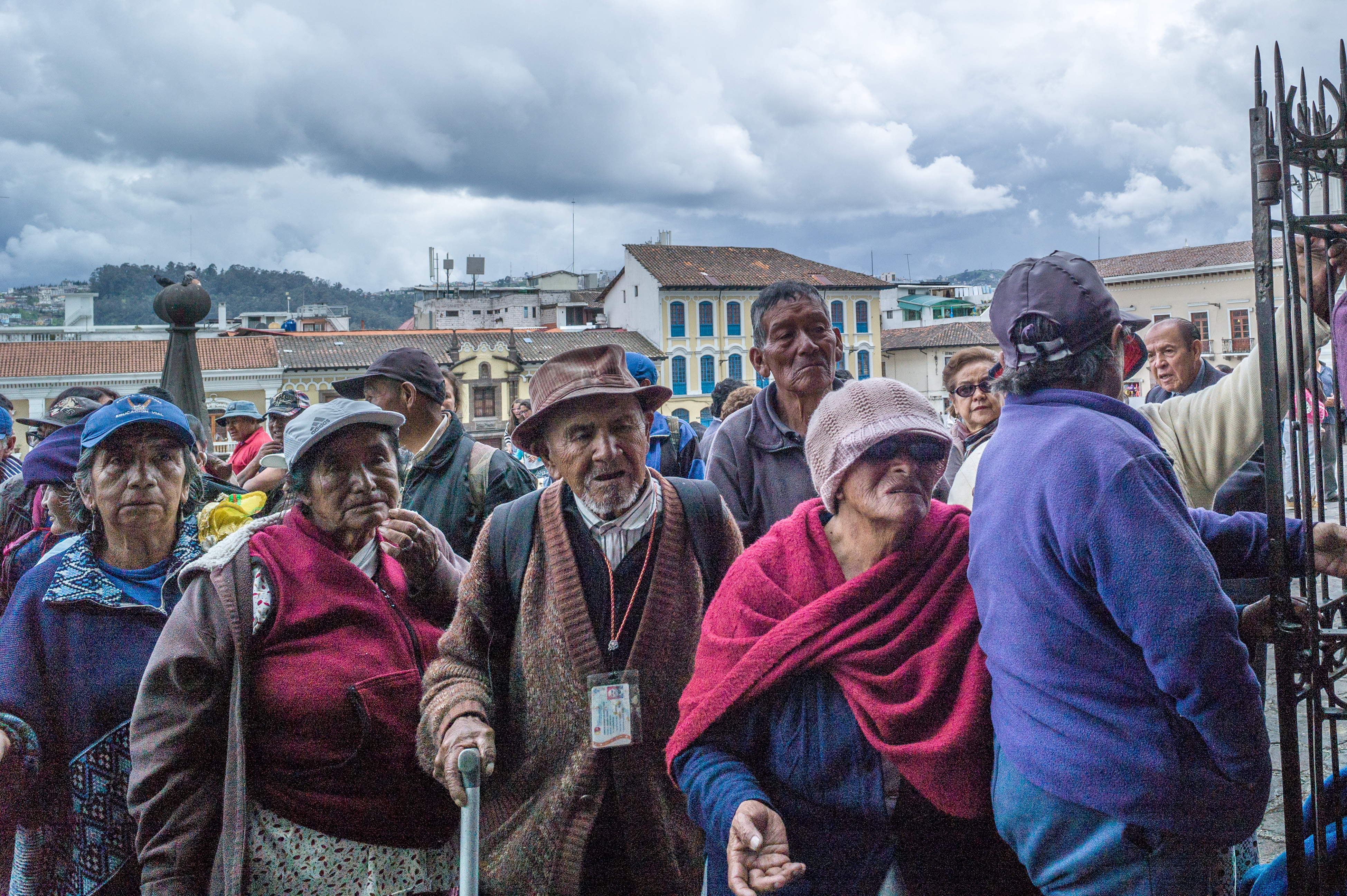
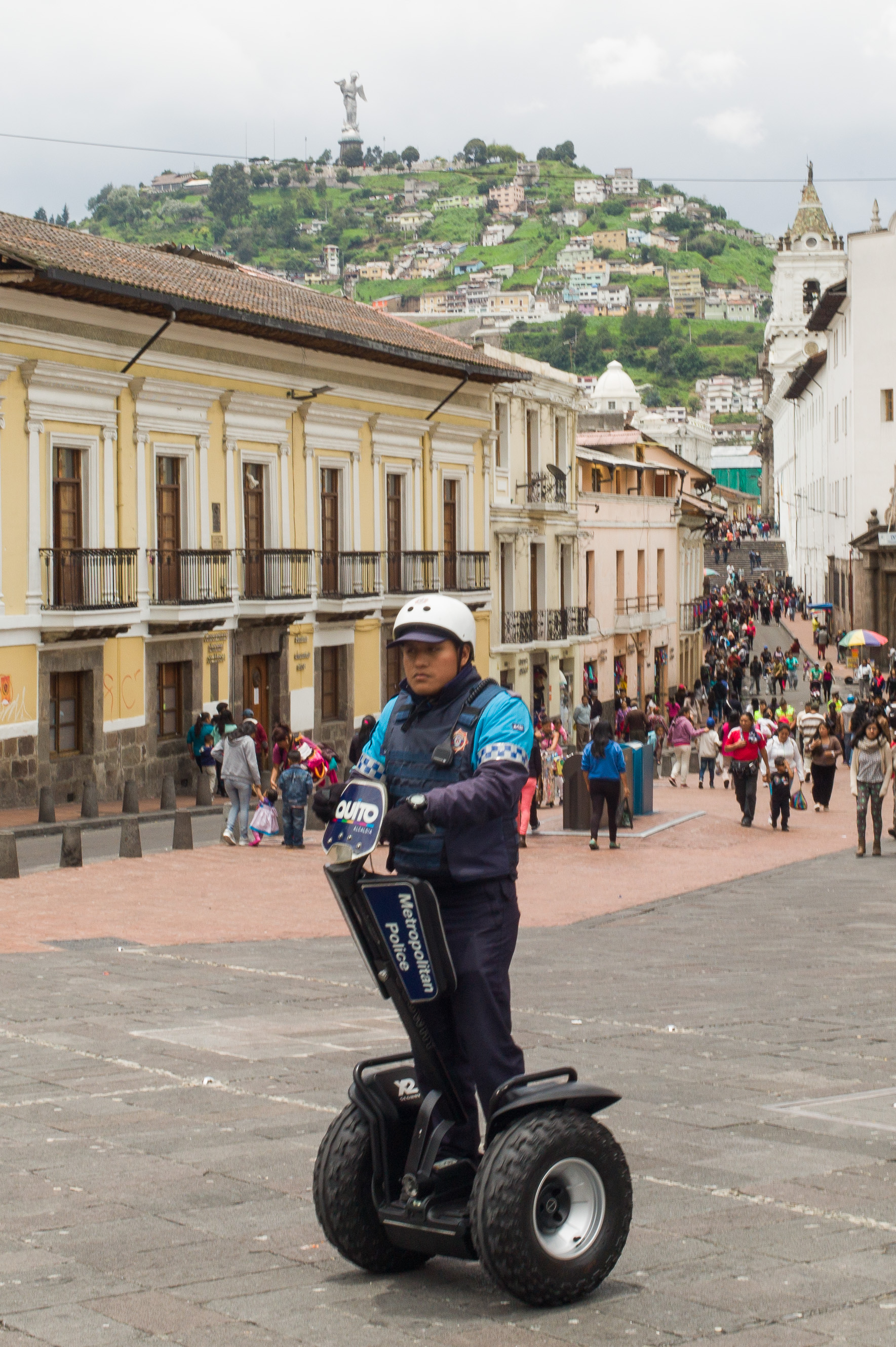
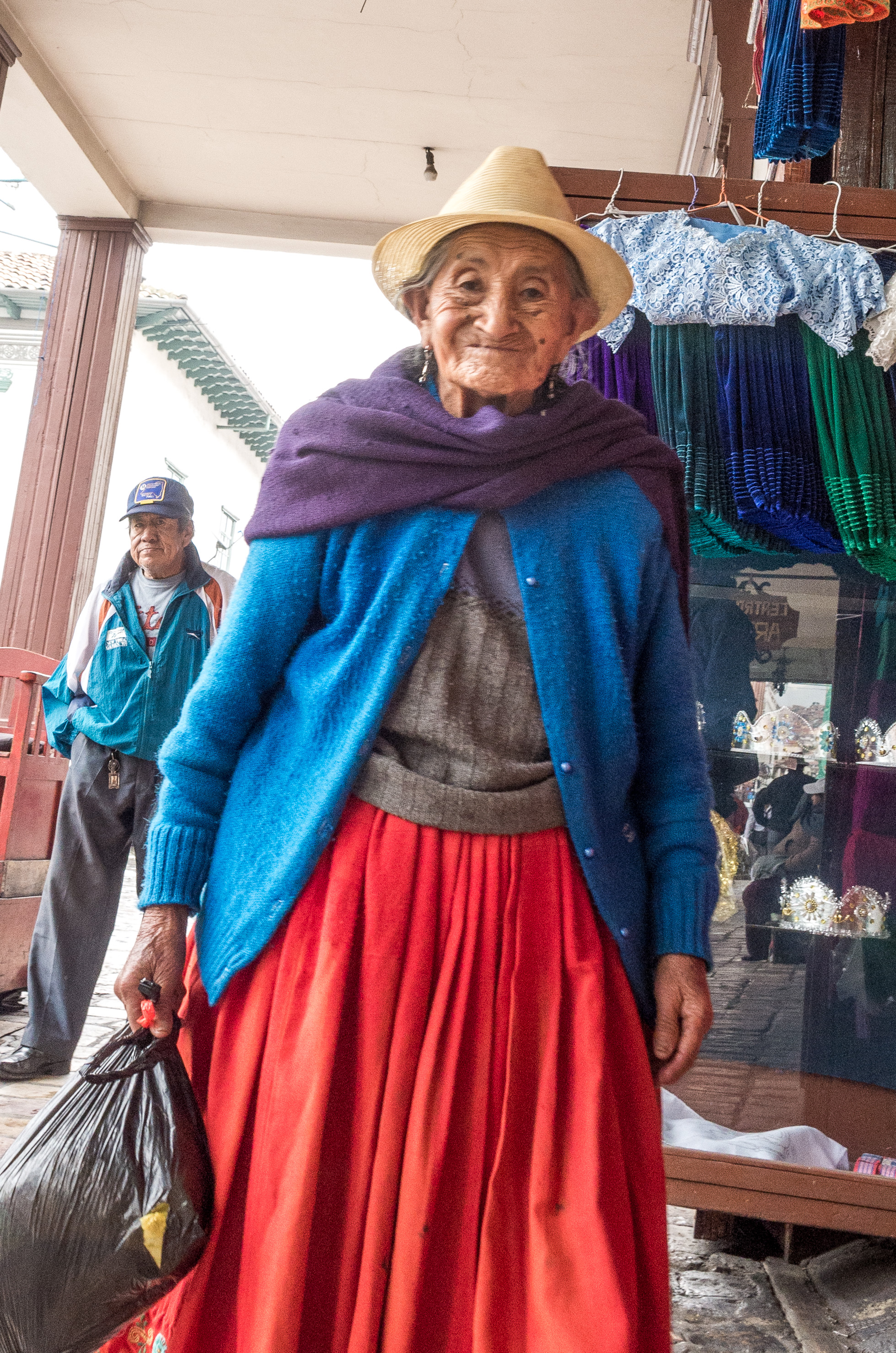
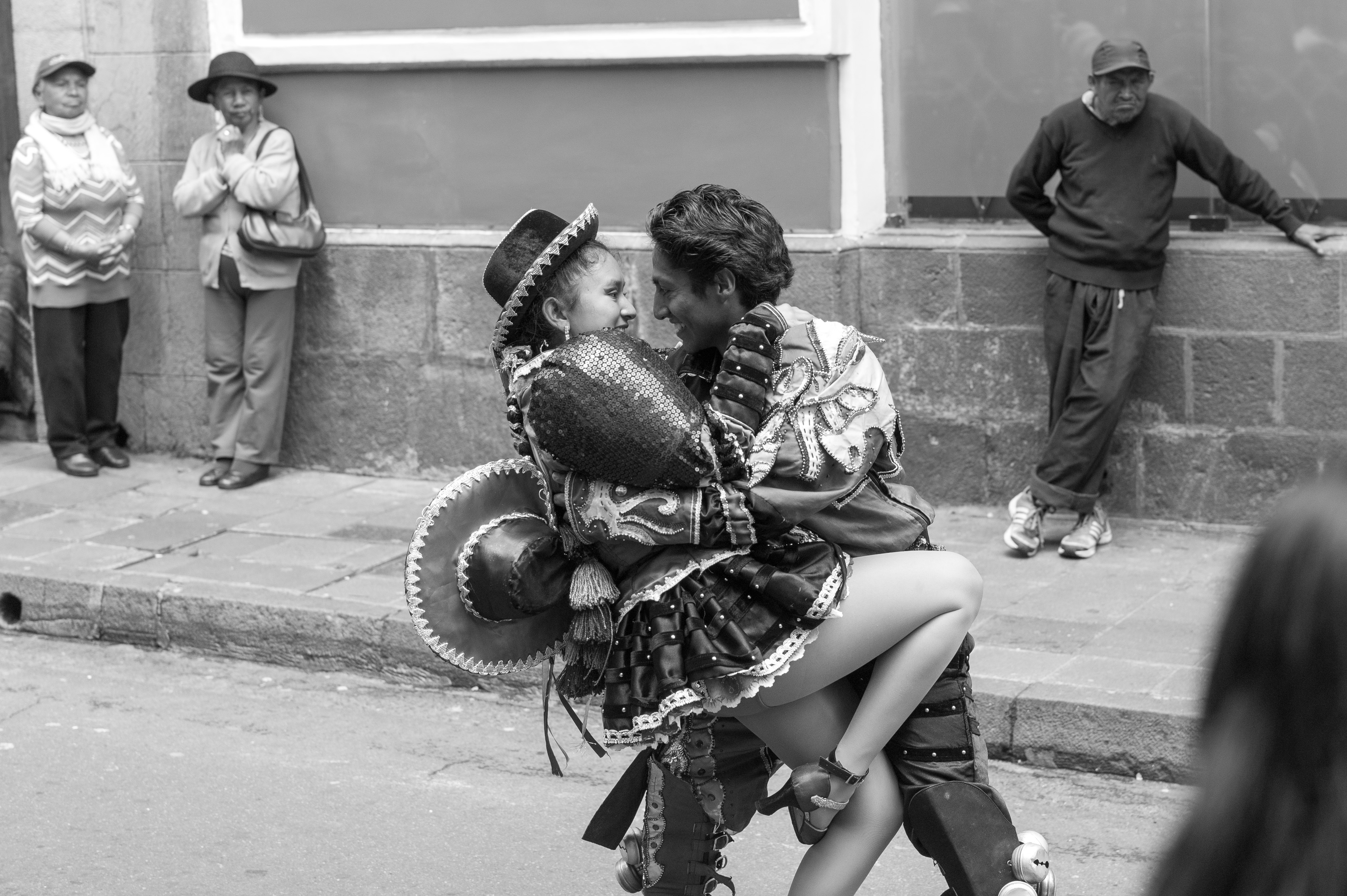
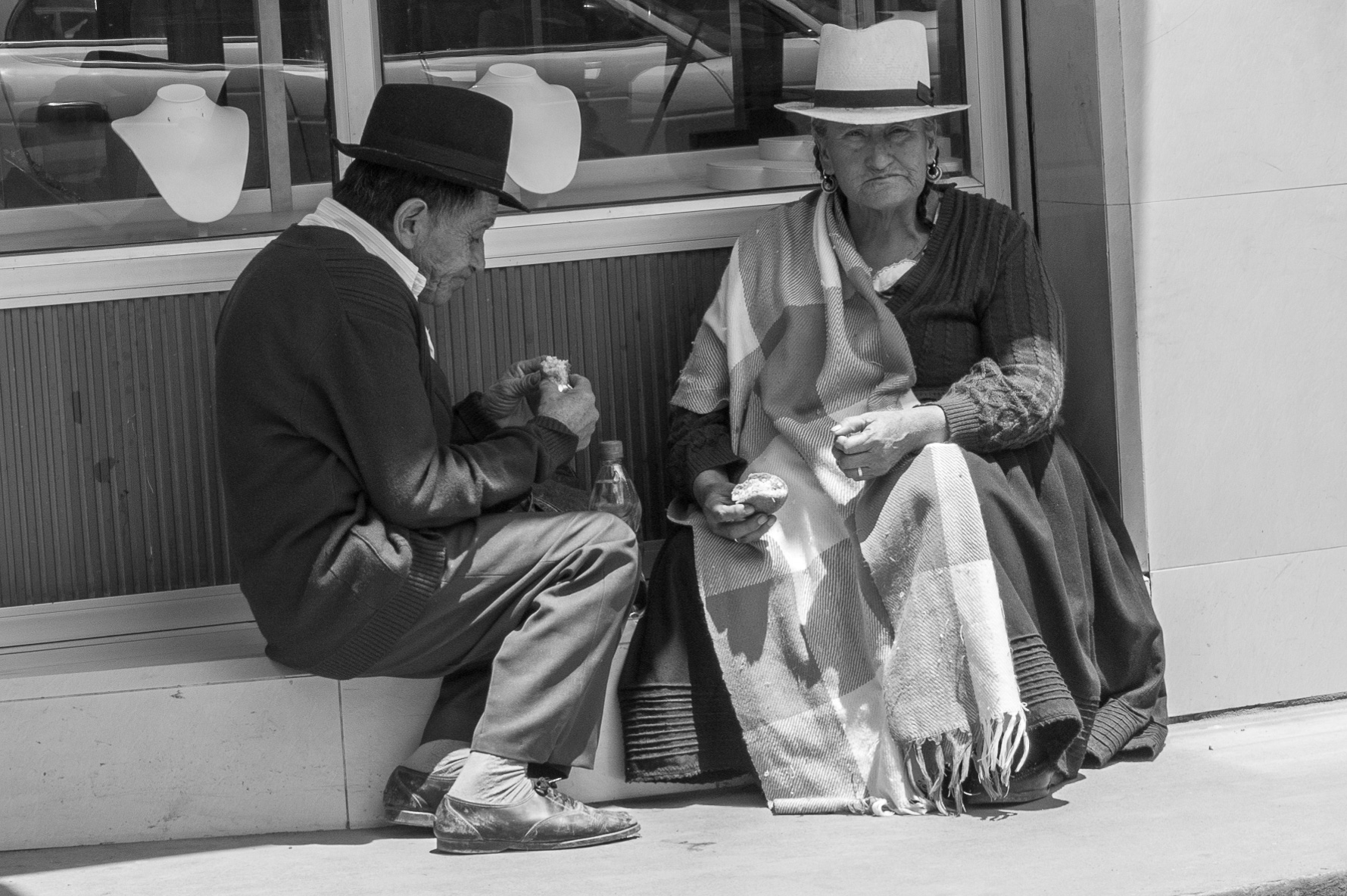
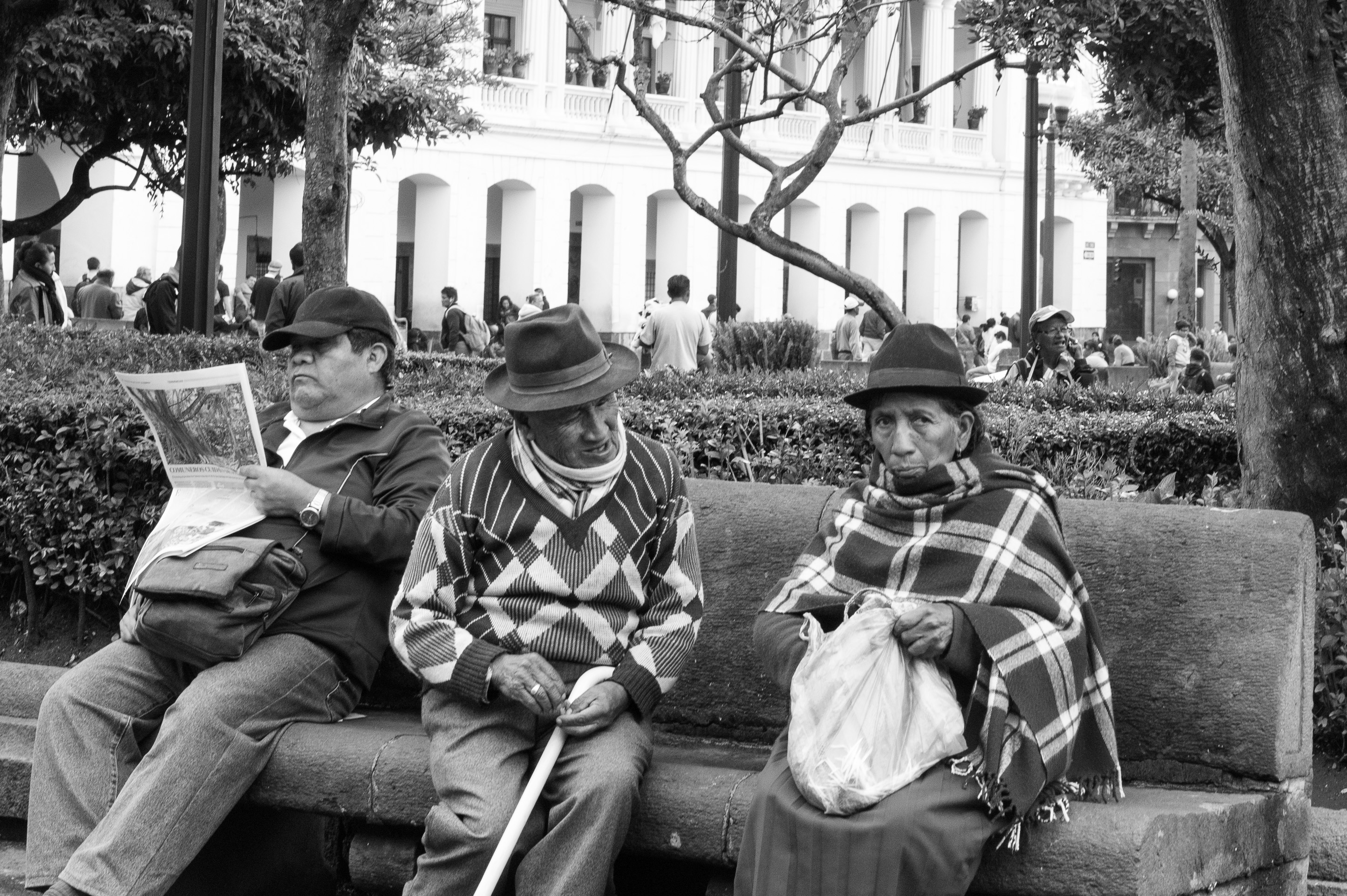
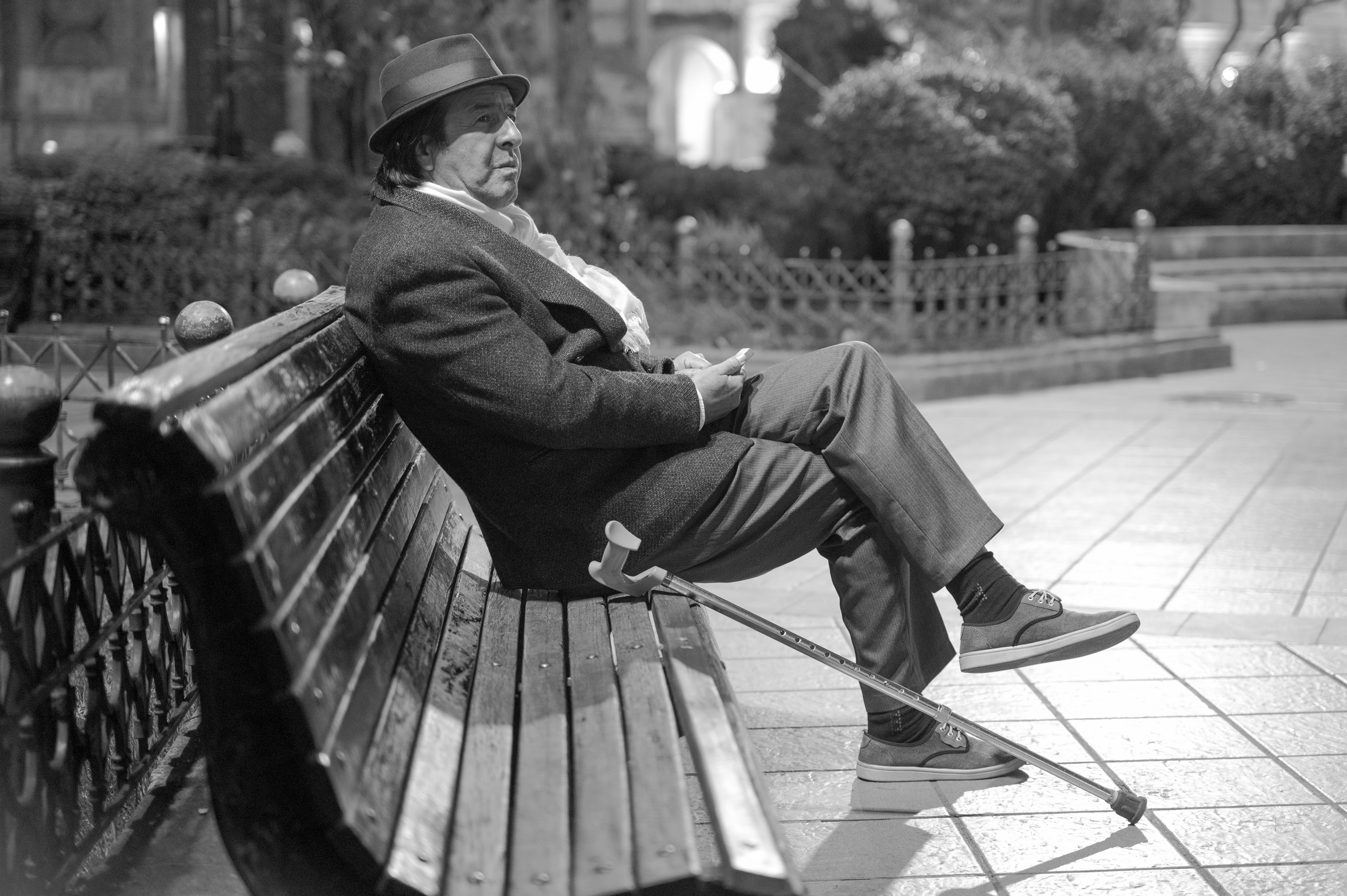
Leave a Reply